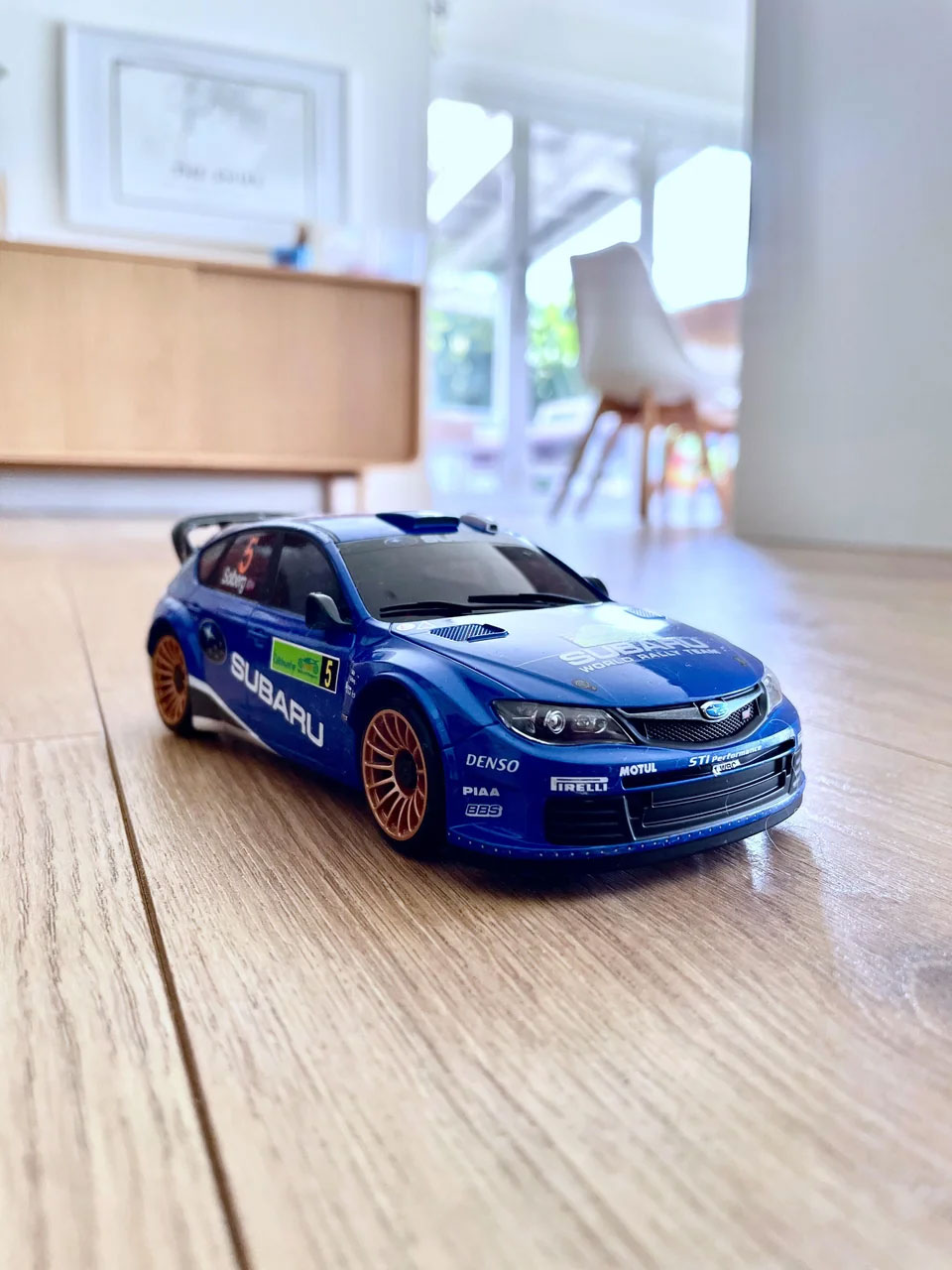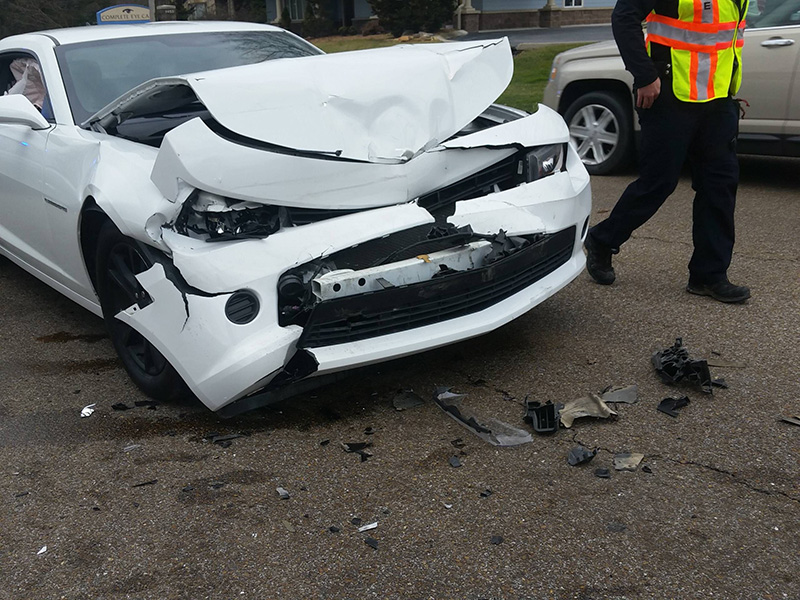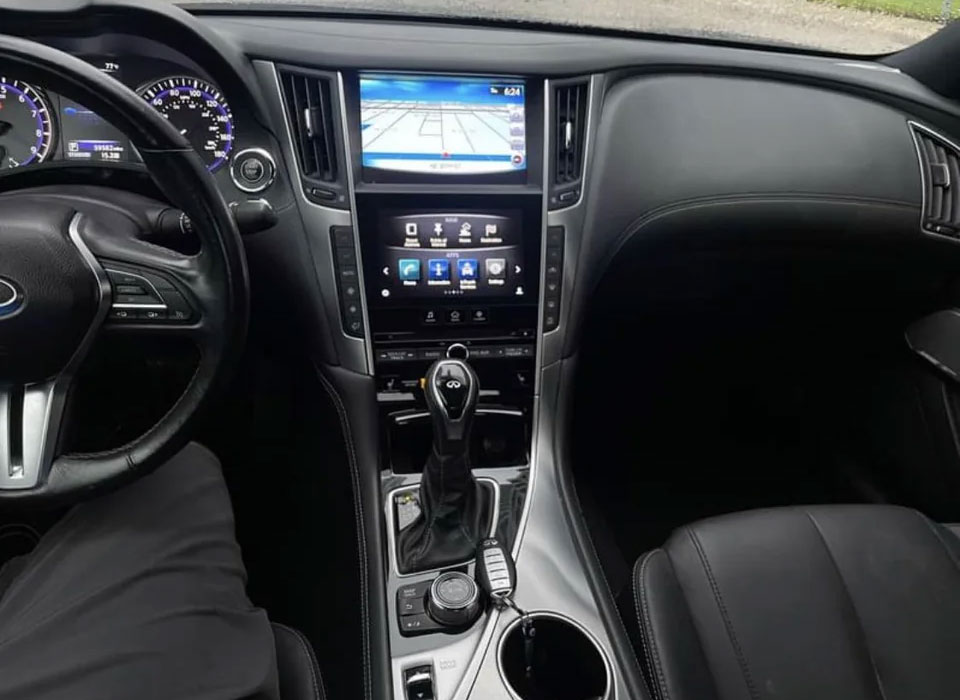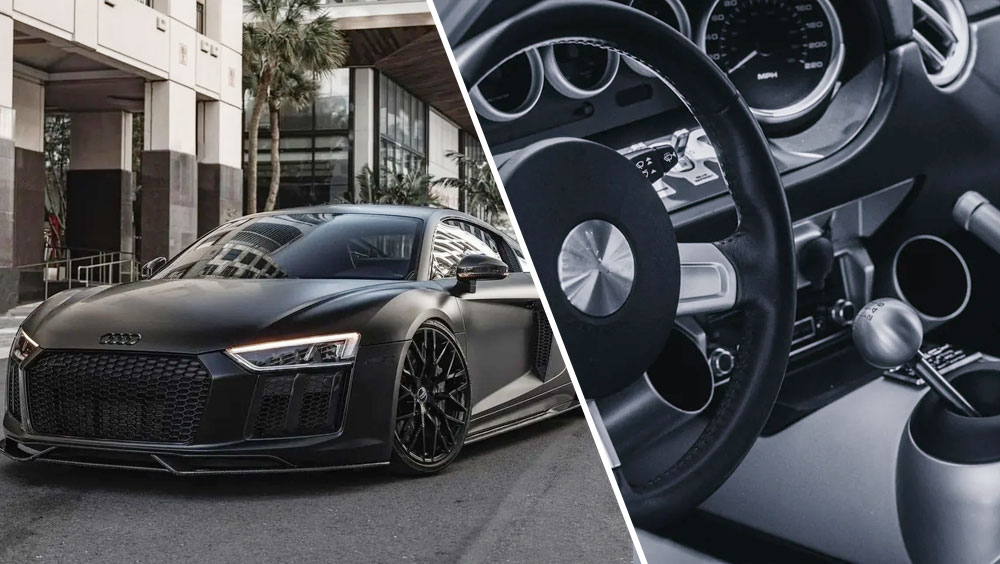A car is one of the most expensive purchases you’ll ever make, and the costs don’t end once the deal is closed. Other factors, including fuel consumption and vehicle maintenance, contribute to ongoing costs and add up quickly.
Smaller Is Better

In addition to being some of the cheapest models in the showroom, smaller vehicles typically consume less fuel and emit less carbon dioxide and are more efficient in the city and on the highway. They also usually have smaller engines, meaning you trade off horsepower for reduced fuel consumption.
Maximize the cost-effectiveness of your vehicle with transmission and drivetrain options. A taller gear ratio translates to lower RPM cruising levels, less noise, and better efficiency. A continuously variable transmission uses belts and pulleys and provides the most gear ratios.
All-wheel and four-wheel drive are useful for certain types of driving, but front-wheel drive is most efficient. Some vehicles come with the option to switch between drivetrain modes so you can still engage all four wheels if needed.
Materials Matter

The materials used to engineer your vehicle can significantly affect its total weight, and as such, its overall fuel efficiency. Older cars are usually cheaper outright, but may carry heavier materials than modern, lightweight vehicles.
Modern engineering replaces cast iron and steel components with materials such as aluminum, polymer composites, steel, and carbon fiber to reduce the vehicle’s weight by up to 50%. This not only saves fuel costs, but reduces wear and tear on your engine and creates room to carry extra features such as emission control and integrated electronic systems.
Bonus Features

Many vehicles come with options that help cut fuel and maintenance costs. Block heaters, for instance, heats your vehicle’s engine block so that it starts semi-warm and runs more efficiently in cold conditions.
Slowing and speeding on the highway can hurt your fuel efficiency. Look for vehicles with cruise control features to help keep your highway speeds consistent.
Air conditioning can also reduce your fuel efficiency by up to 20%. To ventilate and cool your vehicle without air conditioning, look for features such as tilt function sunroofs and tinted windows.
Lastly, take advantage of modern technology to improve your overall driving experience. Navigation systems and trip computers not only help you get to your destination, but can provide insights into your fuel consumption to see where you’re wasting or saving.


